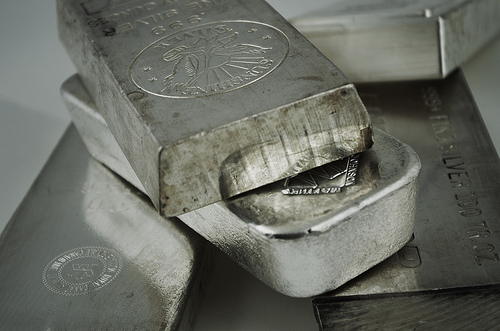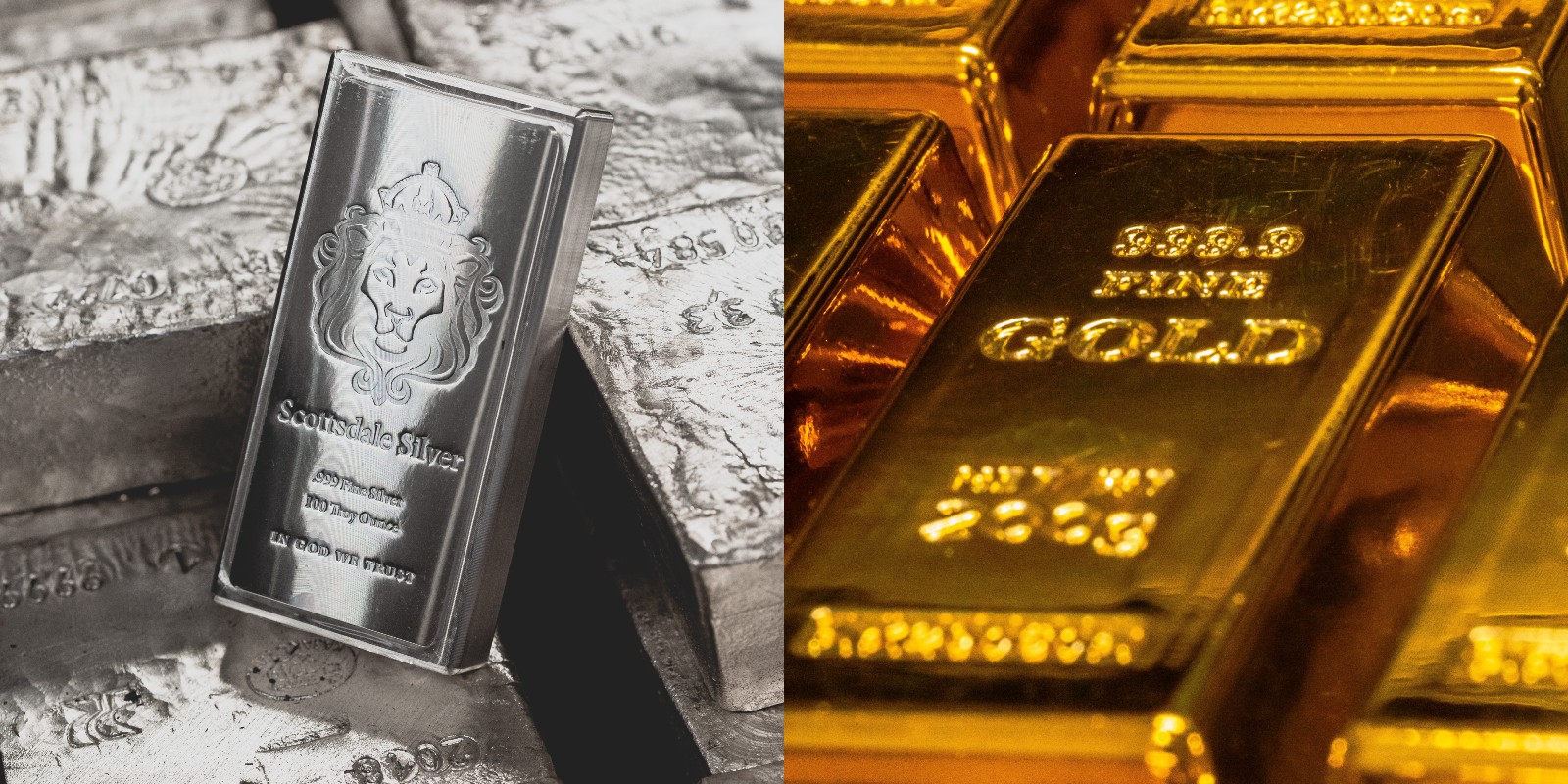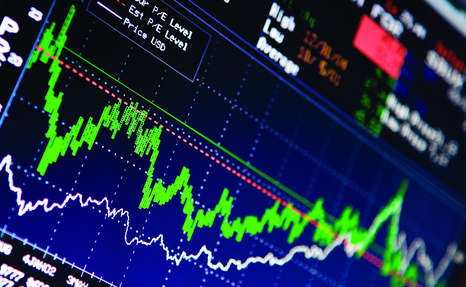Nyheter
David Hargreaves on Precious Metals, week 25 2014

The upward leap in gold this week, over 3%, to top $1300/oz, was largely propelled by a furious trading session of over 80t in New York on Thursday and is attributed by some to short covering.
Why? Prior to the Iraq boilover and in spite of continued fighting in Syria, Libya and stations east, the consensus was for the gold price to drift down to $1050-1000. This encouraged the more adventuresome elements to go short. Came Iraq and the US hinting it might not raise interest rates right now and chaos set in. So up went gold. Will it go further? Maybe. How much further? If the short sellers have now been taken out, we have a level pitch.
WIM says: We stay by our $1200 base price for gold, the rest being the froth. There could be more of that, who knows?
Now what has it done for shares? Well, at first blush it has enhanced the majors because current price increases report to the bottom line, but not so the junior explorer-developers, because few believe this bubble. So?
The juniors were not so well treated. We saw:
Elsewhere, we saw more formative activity.
The London Gold Fix has had a kick in the pants and, with the imminent demise of the silver fix, will not be the same again. Arguably, modernisation was overdue. The WGC will host a forum on July 7 to look at reform. London’s Financial Conduct Authority (FCA) will attend as an observer. Included will be (if they show up) bullion banks, refiners, ETFs, Exchanges, central banks and mining companies.
The WGC is trying to take all this seriously, but in danger of drowning in platitudes. It speaks of the needs of all market participants, today’s requirements, transparency, liquidity and independent oversight. It sobers up by saying any solution should be based on five principles: executed trades, a tradeable price – not just a reference price, highly transparent, subject to audit and be calculated from a deep end liquid market.
WIM says: This has gone too far to use the adage “if it ain’t broke, don’t fix it”. The fix will have to evolve, but will it turn out to be a camel, ie a horse designed by a committee? This is too important a market with which to play football.
Platinum continues to centre on the South African miners’ strike, since that country continues to produce up to 80% of all world production of this key industry metal. Now since the major producers have been out of action for over 20 weeks (see Countries) we might have expected the price to fly. Not so. Whereas gold advanced $41 on the week, platinum only managed $15, thus the premium dropped from 1.13 to 1.11. The strike is approaching the bloody stage and the companies – Implats, Amplats and Lonmin – will not let go. Not helping the union (AMCU) cause is that platinum metal production increased by a seasonally adjusted 39% between March and April. Surface stocks would still appear adequate and recycling continues apace.
WIM says: Sorry, AMCU, it may be pie-eating time, the humble variety. One day the strike will have to be settled and the return to work will almost certainly trigger a fall in price. It will also exacerbate South Africa’s acute power supply problem.
Silver has again become fashionable amongst the fringe punter-analysts. Now, why? This column pointed out some time ago that whilst nobody knows just how much of the world’s oldest metal lies on surface, it is a lot. On a ratio of its 20:1 price to gold, we might say 3 million tonnes, enough to go around. One bit of excitement is that its time-honoured price mechanism, the London Silver Fix, is to be abandoned in August. Something will have to replace it. Several contenders are throwing their hats into the ring. Reuters, as reported by Mineweb, says there are three alternatives on offer. Shiver me timbers, you can only have two alternatives, but let’s plough on. One is the LME, then there is the Chicago Mercantile Exchange (CME) and the third is a ring-based solution. At least 10 companies will compete.
[hr]
About David Hargreaves
David Hargreaves is a mining engineer with over forty years of senior experience in the industry. After qualifying in coal mining he worked in the iron ore mines of Quebec and Northwest Ontario before diversifying into other bulk minerals including bauxite. He was Head of Research for stockbrokers James Capel in London from 1974 to 1977 and voted Mining Analyst of the year on three successive occasions.
Since forming his own metals broking and research company in 1977, he has successfully promoted and been a director of several public companies. He currently writes “The Week in Mining”, an incisive review of world mining events, for stockbrokers WH Ireland. David’s research pays particular attention to steel via the iron ore and coal supply industries. He is a Chartered Mining Engineer, Fellow of the Geological Society and the Institute of Mining, Minerals and Materials, and a Member of the Royal Institution. His textbook, “The World Index of Resources and Population” accurately predicted the exponential rise in demand for steel industry products.
Nyheter
Vad guldets uppgång egentligen betyder för världen

Guldpriset har nyligen nått rekordnivåer, över 4 000 dollar per uns. Denna uppgång är inte bara ett resultat av spekulation, utan speglar djupare förändringar i den globala ekonomin. Bloomberg analyserar hur detta hänger samman med minskad tillit till dollarn, geopolitisk oro och förändrade investeringsmönster.
Guldets roll som säker tillgång har stärkts i takt med att förtroendet för den amerikanska centralbanken minskat. Osäkerhet kring Federal Reserves oberoende, inflationens utveckling och USA:s ekonomiska stabilitet har fått investerare att söka alternativ till fiatvalutor. Donald Trumps handelskrig har också bidragit till att underminera dollarns status som global reservvaluta.
Samtidigt ökar den geopolitiska spänningen, särskilt mellan USA och Kina. Kapitalflykt från Kina, driven av oro för övertryckta valutor och instabilitet i det finansiella systemet, har lett till ökad efterfrågan på guld. Även kryptovalutor som bitcoin stiger i värde, vilket tyder på ett bredare skifte mot hårda tillgångar.
Bloomberg lyfter fram att derivatmarknaden för guld visar tecken på spekulativ överhettning. Positioneringsdata och avvikelser i terminskurvor tyder på att investerare roterar bort från aktier och obligationer till guld. ETF-flöden och CFTC-statistik bekräftar denna trend.
En annan aspekt är att de superrika nu köper upp alla tillgångsslag – aktier, fastigheter, statsobligationer och guld – vilket bryter mot traditionella investeringslogiker där vissa tillgångar fungerar som motvikt till andra. Detta tyder på att marknaden är ur balans och att kapitalfördelningen är skev.
Sammanfattningsvis är guldets prisrally ett tecken på en värld i ekonomisk omkalibrering. Det signalerar misstro mot fiatvalutor, oro för geopolitisk instabilitet och ett skifte i hur investerare ser på risk och trygghet.
Nyheter
Spotpriset på guld över 4300 USD och silver över 54 USD

Guldpriset stiger i ett spektakulärt tempo, nya rekord sätts nu på löpande band. Terminspriset ligger oftast före i utvecklingen, men ikväll passerade även spotpriset på guld 4300 USD per uns. Guldet är just nu som ett ångande tåg som det hela tiden skyfflas in mer kol i. En praktisk fördel med ett högre pris är att det totala värdet på guld även blir högre, vilket gör att centralbanker och privatpersoner kan placera mer pengar i guld.
Även spotpriset på silver har nu passerat 54 USD vilket innebär att alla pristoppar från Hunt-brödernas klassiska squeeze på silver har passerats med marginal. Ett högt pris på guld påverkar främst köpare av smycken, men konsekvensen av ett högt pris på silver är betydligt mer kännbar. Silver är en metall som används inom många olika industrier, i allt från solceller till medicinsk utrustning.
Nyheter
Guld och silver stiger hela tiden mot nya höjder

Priserna på guld och silver stiger hela tiden mot nya höjder. Eric Strand går här igenom vilka faktorerna som ligger bakom uppgångarna och vad som kan hända framöver. Han får även kommentera aktier inom guldgruvbolag som har haft en bättre utveckling än nästan allt annat. Han säger bland annat att uppgången kommer från låga nivåer och att det i genomsnitt är en mycket högre kvalitet på ledningarna för bolagen idag.
-

 Nyheter3 veckor sedan
Nyheter3 veckor sedanOPEC+ missar produktionsmål, stöder oljepriserna
-

 Nyheter4 veckor sedan
Nyheter4 veckor sedanEtt samtal om guld, olja, fjärrvärme och förnybar energi
-

 Nyheter2 veckor sedan
Nyheter2 veckor sedanGoldman Sachs höjer prognosen för guld, tror priset når 4900 USD
-

 Nyheter2 veckor sedan
Nyheter2 veckor sedanGuld nära 4000 USD och silver 50 USD, därför kan de fortsätta stiga
-

 Analys3 veckor sedan
Analys3 veckor sedanAre Ukraine’s attacks on Russian energy infrastructure working?
-

 Nyheter2 veckor sedan
Nyheter2 veckor sedanBlykalla och amerikanska Oklo inleder ett samarbete
-

 Nyheter4 veckor sedan
Nyheter4 veckor sedanGuldpriset uppe på nya höjder, nu 3750 USD
-

 Nyheter2 veckor sedan
Nyheter2 veckor sedanEtt samtal om guld, olja, koppar och stål













